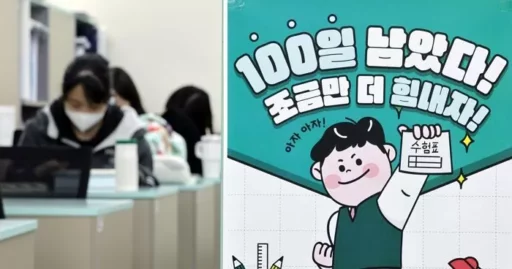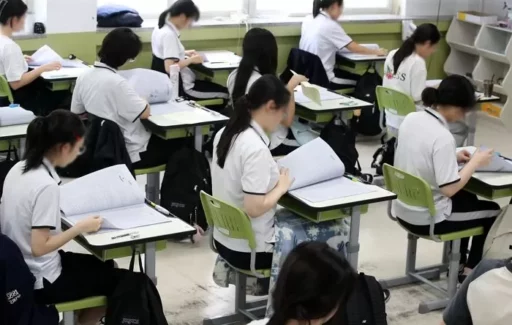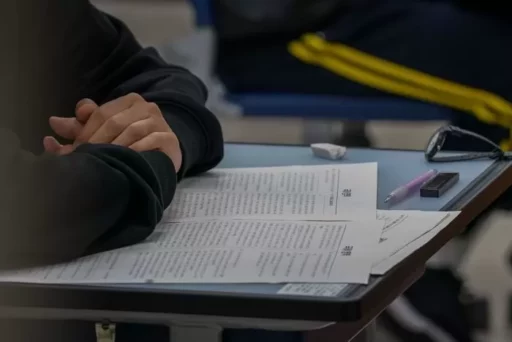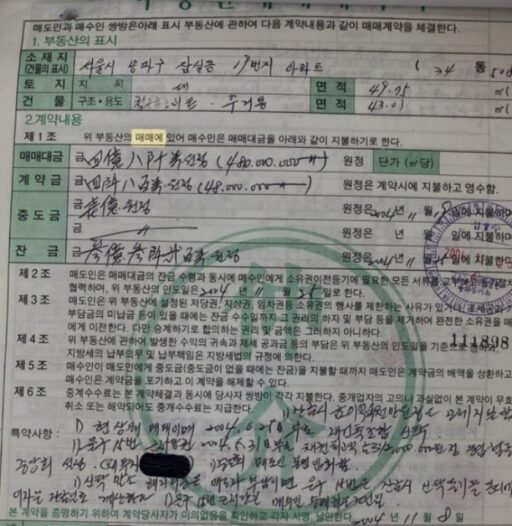100 Days Until the 2026 Academic Year College Scholastic Ability Test, the Inquiry Area Will Determine Success or Failure
The College Scholastic Ability Test (CSAT) for the 2026 academic year is scheduled to take place on November 13, just 100 days away.
This year, both the humanities and natural sciences are focusing on the 'inquiry area' as a key discerning subject that will determine admission success. Admissions experts are stressing the necessity of thorough preparation for the inquiry area for students.
According to the admissions industry on the 5th, the CSAT for the 2026 academic year is expected to continue the testing approach maintained over the past three years.

While extremely difficult questions (killer questions) will be excluded, it is expected that the exam will be formulated to secure appropriate discrimination. The Korean language and mathematics sections are anticipated to be relatively easy, while the English section is likely to see an increase in difficulty compared to the June mock exam.
Strengthening Discrimination Power in the Inquiry Area Due to the 'Sociology Rush' Phenomenon
The inquiry area is expected to be the most significant variable in this year's CSAT. This is particularly due to the noticeable trend of students in the sciences choosing social inquiry over scientific inquiry, known as the 'Sociology Rush' phenomenon.
This phenomenon is accelerating as major universities begin to recognize social inquiry for the minimum academic standards in the early admission process for engineering and science students for the 2026 academic year.
In the June mock exam this year, the participation rate in social inquiry reached 58.5%, marking the highest level since the introduction of integrated CSAT in the 2022 academic year. This is an increase of 8.2 percentage points compared to last year's June mock exam (50.3%).

In contrast, the participation rate in scientific inquiry was 24.6%, a decrease of about 15 percentage points from last year's June mock exam (40.8%).
Analyzing the regular admissions results of the 2025 academic year CSAT shows that both the humanities and natural sciences displayed high discrimination power in inquiry subjects.
According to data from Jongno Academy, among successful applicants in the humanities, the percentage of students with a score of grade 3 or below was low in English (28.3%) and Korean (30.0%), but accounted for more than half in mathematics (55.9%) and inquiry (55.5%).

Similarly, among successful applicants in the natural sciences, the percentage of students with a score of grade 3 or below was relatively low in mathematics (17.1%) and English (36.8%), but higher in Korean (45.2%) and inquiry (51.2%).
Expected Increase in Difficulty for the English Section in the Main CSAT
The English section is projected to increase in difficulty in the main CSAT. In the June mock exam, the percentage of students achieving a grade 1 in English was 19.1%, leading to assessments that the difficulty adjustment was unsuccessful.
Some even described it as "unprecedentedly easy."
Admissions experts emphasize that since high schools have completed the syllabus for the CSAT by this point, students should calmly prepare for the actual exam.

It is important to establish an individual study plan that can be executed up until shortly before the exam and to put it into practice. Additionally, learning and taking breaks in two-hour segments can be an effective way to enhance practical skills while preparing for the exam.
Meanwhile, the application for the 2026 CSAT will be conducted from August 21 to September 5, and the last mock exam before the CSAT is scheduled for the 3rd of next month. The application for early admissions will begin on the 8th of the same month.
Image source: Data photos for understanding the article / News1, On the morning of July 10, 2025, high school seniors at Daegu Girls' High School in Daegu's Suseong District begin their first class exam in Korean language. 2025.7.10/News1


